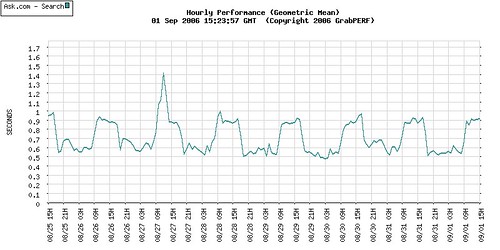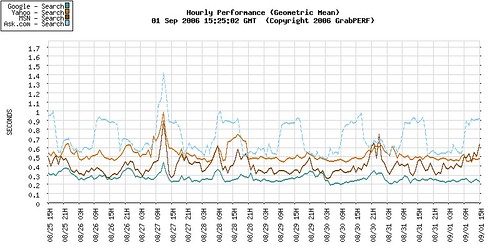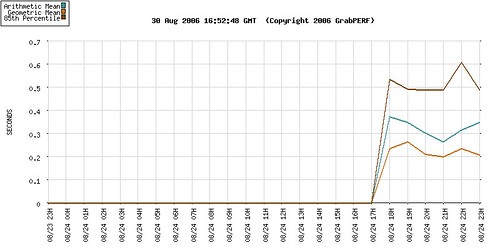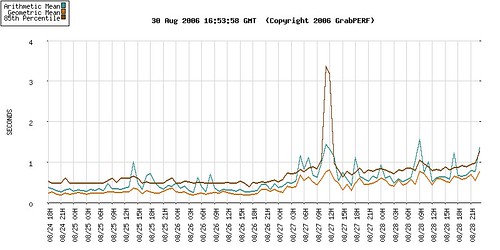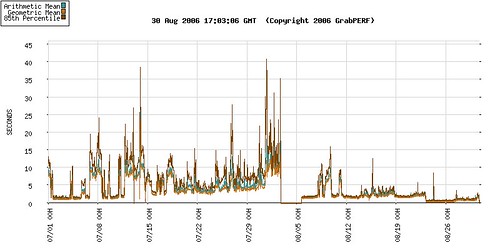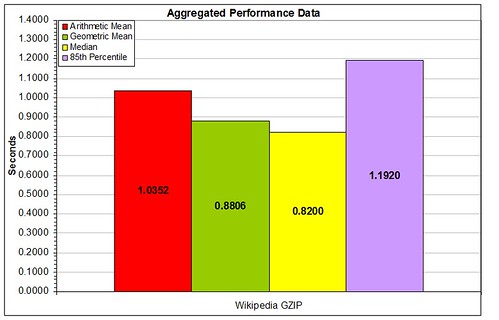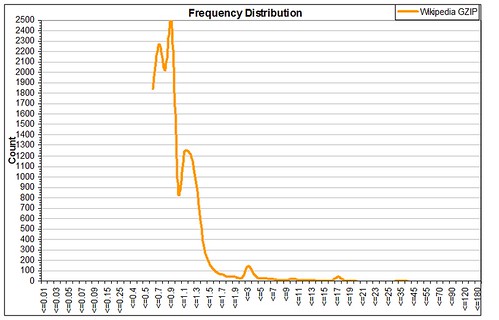The Web is a many-splendored thing, with a very split personality. One side is drive to find ways to make the most money possible, while the other is driven to implement cool technology in an effective and efficient manner (most of the time).
Andy King, in Website Optimization (O’Reilly), tries to address these two competing forces in a way that both can understand. This is important because, as we all know from our own lives, most of the time these two competing parts of the same whole are right; they just don’t understand the other side.
I have seen this trend repeated throughout my nine years in the Web performance industry, five years as a consultant. Companies torn asunder, viewing the Business v. Technology interaction as a Cold War, one that occasionally flares up in odd places which serve as proxies between the two.
Website Optimization appears at first glance to be torn asunder by this conflict. With half devoted to optimizing the site for business and the other to performance and design optimization, there will be a cry from the competing factions that half of this book is a useless waste of time.
These are the organizations and individuals who will always be fighting to succeed in this industry. These are the people and companies who don’t understand that success in both areas is critical to succeeding in a highly competitive Web world.
The first half of the book is dedicated to the optimization of a Web site, any Web site, to serve a well-defined business purpose. Discussing terms such as SEO, PPC, and CRO can curdle the blood of any hardcore techie, but they are what drive the design and business purpose of a Web site. Without a way to get people to a site, and use the information on the site to do business or complete the tasks that they need to, there is no need to have a technological infrastructure to support it.
Conversely, a business with lofty goals and a strategy that will change the marketplace will not get a chance to succeed if the site is slow, the pages are large, and design makes cat barf look good. Concepts such HTTP compression, file concatenation, caching, and JS/CSS placement drive this side of the personality, as well as a number of application and networking considerations that are just too far down the rat hole to even consider in a book with as broad a scope as this one.
Although on the surface, the concepts discussed in this book will see many people put it down as it isn’t business or techie enough, those who do buy the book will show that they have a grasp of the wider perspective, the one that drives all successful sites to stand tall in a sea of similarity.
See the Website Optimization book companion site for more information, chapter summaries and two sample chapters.

